In the world of horticulture and agriculture, finding the right structure to cultivate your plants is crucial. High tunnels and greenhouses are both excellent options, but they come with their own sets of advantages and disadvantages. In this article, we'll delve into the differences between high tunnels and greenhouses, helping you decide which one is the best fit for your needs.

What Is The Difference Between A High Tunnel And A Greenhouse?
The primary distinction between a high tunnel, sometimes referred to as a hoop house, and a greenhouse lies in their permanence and climate control features. A greenhouse is a permanent structure equipped with various climate control systems, such as swamp coolers, wet walls, ventilation, and occasionally heating units. In contrast, hoop houses serve as temporary tools for extending the growing season and are semi-permanent in nature.
Greenhouses are constructed with a cement slab foundation or semi-permanent flooring like compacted gravel. Depending on the greenhouse type and its location, some growers may utilize these structures year-round. The coverings used in greenhouses are typically more durable than the standard polyethylene covers found on hoop houses. Greenhouses predominantly feature rigid polycarbonate sheeting, whereas hoop houses are typically covered with plastic film.
What is the difference between the use of high tunnels and greenhouses?
Greenhouses are found more in the commercial retail space because they are spacious and anchored to the site with some form of foundation. They are used for plant propagation before crops are moved outdoors, and for growing more tender crops to full mature size. Commercial growers often use greenhouses to propagate and grow houseplants, tropicals, and succulents.
High tunnels, on the other hand, are more commonly used to grow crops underground. However, with a properly sized high tunnel greenhouse kit, seed propagation, potting and repotting can all be accomplished easily and successfully.
Both greenhouse types are used to extend the growing season by protecting crops and other plants from cold temperatures and the elements. Both structures can also be used to protect plants from overheating and sun burn by adding ventilation and shade cloth.
High Tunnel Vs. Greenhouse
The biggest difference between a greenhouse and a high tunnel structure is that the greenhouse is permanently (or semi-permanently) anchored to the ground via a concrete foundation or footings. A high tunnel or hoop house consists of a series of hoops attached to ground posts, which are driven into the ground with a post driver and a sledgehammer. Although this is a labor-intensive process, it can be deconstructed and moved to a new location if necessary.
Finally, greenhouses usually have permanent utility connections for heating, ventilation, and lighting. Whether you can connect utilities on-site will be an important consideration, as they require additional costs and permits. A high tunnel may include some of these configurations, but usually not all. The hoop house simply acts as a line of defense between the crops and the outside world. Without added climate control components, growers often rely on extension cords to run space heaters for short periods of time to get their crops through cold snaps.
What Kind Of Plastic Do You Use For A Greenhouse?
Greenhouses have walls and roofs made of glass or plastic, allowing for precise temperature and humidity control.
High tunnels consist of a metal frame covered with a single layer of polyethylene plastic. The design is relatively simple, and they are often used to protect plants from adverse weather conditions.
Pros of High Tunnels
Affordability: High tunnels are typically more cost-effective than greenhouses, making them a suitable choice for small-scale farmers or hobby gardeners.
Season Extension: They offer a significant extension of the growing season, allowing you to plant earlier in the spring and harvest later in the fall.
Ample Light: High tunnels allow abundant sunlight, which is essential for plant growth.
Ventilation: Properly designed high tunnels provide good airflow, preventing humidity buildup and reducing the risk of disease.
Pros of Greenhouses
Greenhouses are enclosed structures with a more complex design compared to high tunnels. They are equipped with controlled environmental systems, offering year-round growing conditions.
Year-Round Growing: Greenhouses provide a stable environment, enabling you to grow crops throughout the year, regardless of the external weather conditions.
Featured content:Everything You Need to Know About Cosmetic Silica Powder: Benefits, Uses, and Safety!The Nutritional Benefits of Ya Pears: A Juicy and Healthy DelightAre Walnuts The Healthiest Nut?Advantages of GFS Agricultural Water TanksWhat are the concerns of farmers about plastic seedling trays? Unraveling the Mystery: Why Do We Soak Walnuts Overnight?Cultivating Success: The Advantages of Commercial GreenhousesPrecise Climate Control: With advanced systems, you can tailor the temperature, humidity, and light to suit the specific needs of your plants.
Versatility: Greenhouses are suitable for a wide range of crops, including tropical and exotic varieties.
Pest and Disease Control: The enclosed space helps keep pests and diseases at bay, reducing the need for chemical interventions.
Do I need a high tunnel or greenhouse?
The decision whether to invest in a greenhouse or a high tunnel/ring house will depend on the range of uses the structure needs to perform. If your operation doesn't require a permanent structure that can meet your needs year-round, don't invest. This money is better spent elsewhere.
If you plan on trying to operate year-round in an area where temperatures fluctuate wildly, forcing a hoop house to meet that need won't be cost-effective and will just be an uphill battle. Make decisions based on your current and future needs.
Choosing the Right Option
The decision between a high tunnel and a greenhouse ultimately depends on your specific needs and budget. Here are some factors to consider:
Budget
If you're on a tight budget and looking for a cost-effective solution, high tunnels may be the way to go. They provide season extension without the hefty price tag.
Year-Round Growing
If you require a year-round growing environment and are willing to invest in advanced systems, a greenhouse is the better choice.
Crop Selection
Consider the types of crops you want to grow. Greenhouses offer more versatility, while high tunnels are better suited for cool-season crops.
No matter which option you choose, we recommend doing research and planning ahead of time and taking into account farm expansion. Whether you choose a high tunnel or a greenhouse, both can greatly improve your ability to grow healthy, lush plants.

Frequently Asked Questions
1. Are high tunnels and greenhouses the same thing?
No, they are not the same. High tunnels are unheated, simple structures that offer season extension, while greenhouses are more complex and provide year-round growing conditions with precise climate control.
2. Do high tunnels require a lot of maintenance?
High tunnels are relatively low-maintenance, but they still need some attention, like adjusting ventilation and repairing plastic coverings as they wear out.
3. Can I grow tropical plants in a high tunnel?
It may be challenging to grow tropical plants in a high tunnel, as they often require a consistently warm environment provided by a greenhouse.
4. What is the lifespan of a high tunnel or a greenhouse?
The lifespan varies depending on the quality of materials and maintenance. A well-maintained high tunnel can last 10-15 years, while a greenhouse can last 20-25 years or more.
Featured content:The difference between planting flat trays and plant seedling traysHow Long Do Walnuts Last?What are the benefits of NPK blended fertilizer?How do you use controlled release fertilizer?Plastic Seedling Trays: A Sustainable Solution for Growing GreenThe Benefits of Soaking Walnuts Before EatingWhat Are the Benefits of Using a Nursery Tray?




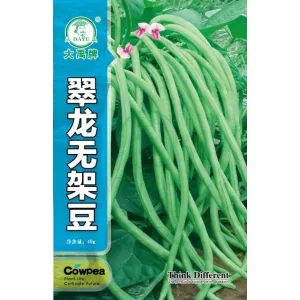

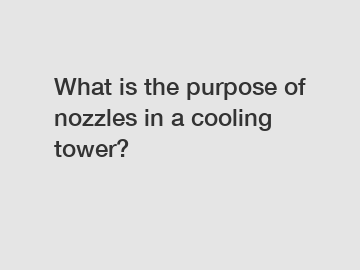
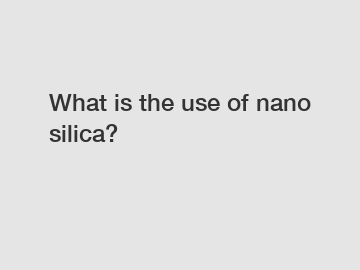
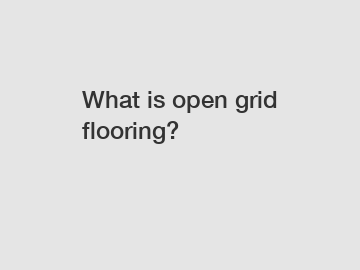

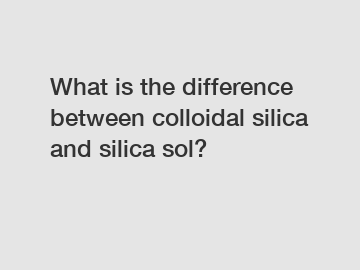

Comments
Please Join Us to post.
0